Share
Gaps in internal processes reducing operational efficiency and ability to arrive at sound and timely conclusions to key business questions.
- Manual Processes Due to Outdated Technology: Companies often struggle with outdated technology, which can lead to inefficient, manual tasks. For instance, some may still rely on multiple versions of Excel files or manually transfer data between systems rather than using integrated solutions.
- Communication Gaps: Without effective processes for information sharing across departments, companies experience inconsistent information flow and delays in decision-making.
- Overly Hierarchical Structures: Decision-making can become inefficient with too many layers of approval and unnecessary meetings, slowing down progress and complicating agreement on solutions.
- Lack of Proper Governance Guidelines: Ambiguity and lack of accountability for specific tasks and decision approval weaken efficiency, hinder decision-making, and negatively impact overall performance.
People Gaps:
Gaps in leadership, skills, and capacity of team members to support key initiatives.
- Leadership Gaps: Company/business unit lacks leaders with the right skills or vision to drive new initiatives forward.
- Skill Gaps: The team’s skills are outdated and unable to keep up with technological, process or business strategy changes.
- E.g., As technology advances, teams need to learn and be proficient with the latest tools. Skill gaps in technology adoption can limit the company’s competitive advantage.
- E.g., As business strategy evolves, teams may need to evolve as well to ensure skill gaps are met (e.g., strategic thinking, change management, etc.)
- Capacity Gaps: The team lacks sufficient capacity to support key initiatives or sustain growth.
- Understaffed Teams: Teams may have insufficient resources to meet growth targets.
- Bottlenecks from Over-Reliance on Key Employees: Excessive dependence on specific employees can create bottlenecks and slow down the decision-making process.
How We Help
Identifying process improvement and team enablement opportunities are often key parts of our value-creation engagements. We often work with management teams, helping them improve processes by defining frameworks and developing tools (both short-term and long-term) to boost productivity and meet strategic goals.
Some of our recent work includes a company in the behavioral health space, for which Stax helped define the GTM plan to achieve the next wave of growth. As part of the engagement, we helped our client identify the people gaps in the current staffing structure and defined the future state to achieve proper growth.
Additionally, Stax partnered with a company in the transportation services space to conduct a strategic pricing initiative. We identified data, people, and process gaps that must be addressed to maintain competitive advantage and achieve growth goals.
To learn more about Stax and our Value Creation offering, visit www.stax.com or click here to contact us directly.








